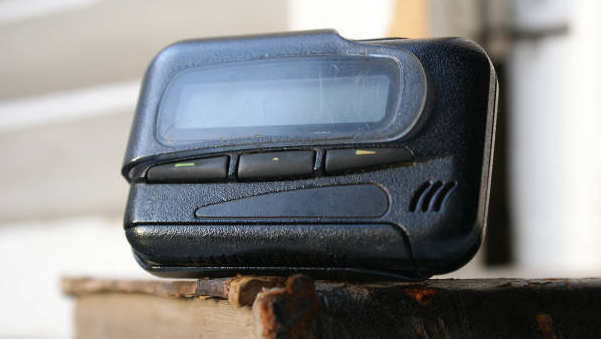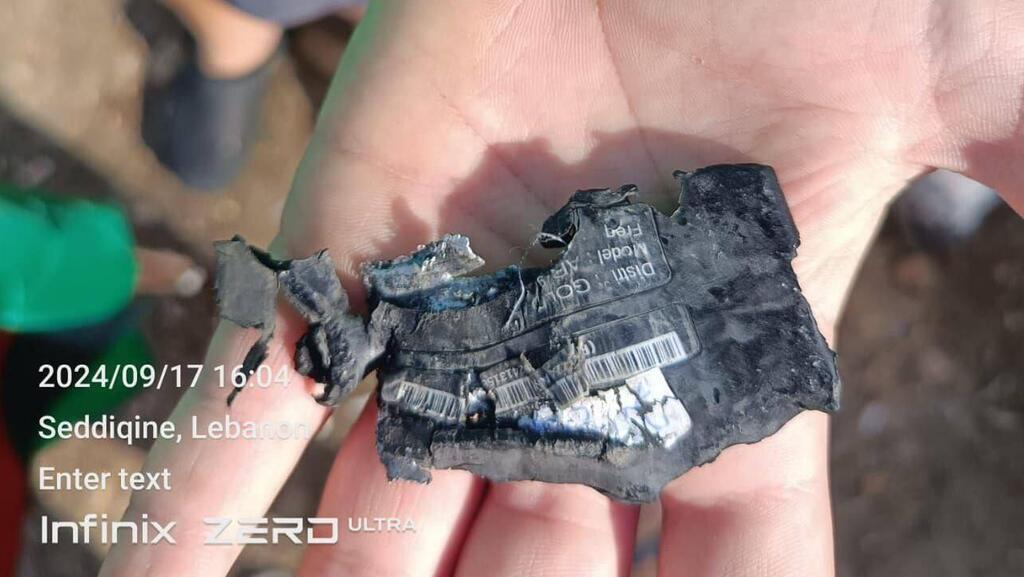Reports in Lebanon indicated that at least 3,000 people have been hospitalized, around 200 of them in critical condition, and nine people have been confirmed dead after a spree of pagers blasts on Tuesday across the country. But what are these mysterious pagers?
Before the era of smartphones and social media, a small device dominated mobile communication—the pager. It was an essential tool for businessmen, doctors, and anyone who needed to be reachable at all times.
The first pager was developed in 1949 by Motorola, but it wasn't until the 1970s and 1980s that it became widely used. Early models were relatively large and expensive, but over time, they became smaller, cheaper, and more popular among the general public.
A small and efficient device
The pager was a compact device that could be carried in a pocket or clipped to a belt. When someone needed to contact you, they would call a special service center and leave a message or phone number. The center would then send the message to the pager, which would beep and display the information on a small screen. Pagers operated on dedicated radio networks, allowing them to receive signals in areas where early cell phones couldn’t. More advanced models even supported longer text messages and emails.
The main advantage of pagers was their availability—people could be notified of urgent messages anywhere. Additional benefits included low battery consumption, durability, small size, and lower cost compared to mobile phones of that era. However, there were downsides: communication was one-way, meaning the recipient had to find a phone to respond. Messages were also limited in length, and users were dependent on dedicated networks and service operators.
Pagers were generally considered reliable and safe devices, designed to function in a wide range of temperatures and environments. Most pagers used alkaline or rechargeable lithium batteries that required occasional replacement. While rare, faulty batteries or improper use could cause overheating, there were no known instances of pagers exploding or posing serious safety risks.
The Lebanese newspaper An-Nahar published an extensive article on the devices carried by Hezbollah operatives. According to Amer Tabesh, a communications advisor, the devices were old and used by Hezbollah for transmitting a limited number of "codes" and encrypted messages on their communication network.
Thousands of pagers belonging to Hezbollah operatives explode across Lebanon
The Wall Street Journal quoted a Hezbollah official who suggested that "malware" may have caused the devices to overheat and explode. The official noted that some operatives "felt the pagers heating up" and discarded them before they exploded.
The Lebanese network LBCI speculated that the issue might be related to the device's batteries. According to the report, an overload caused the devices to overheat, leading to the explosions. The extent of the damage to the user depended on where the device was being carried at the time.






